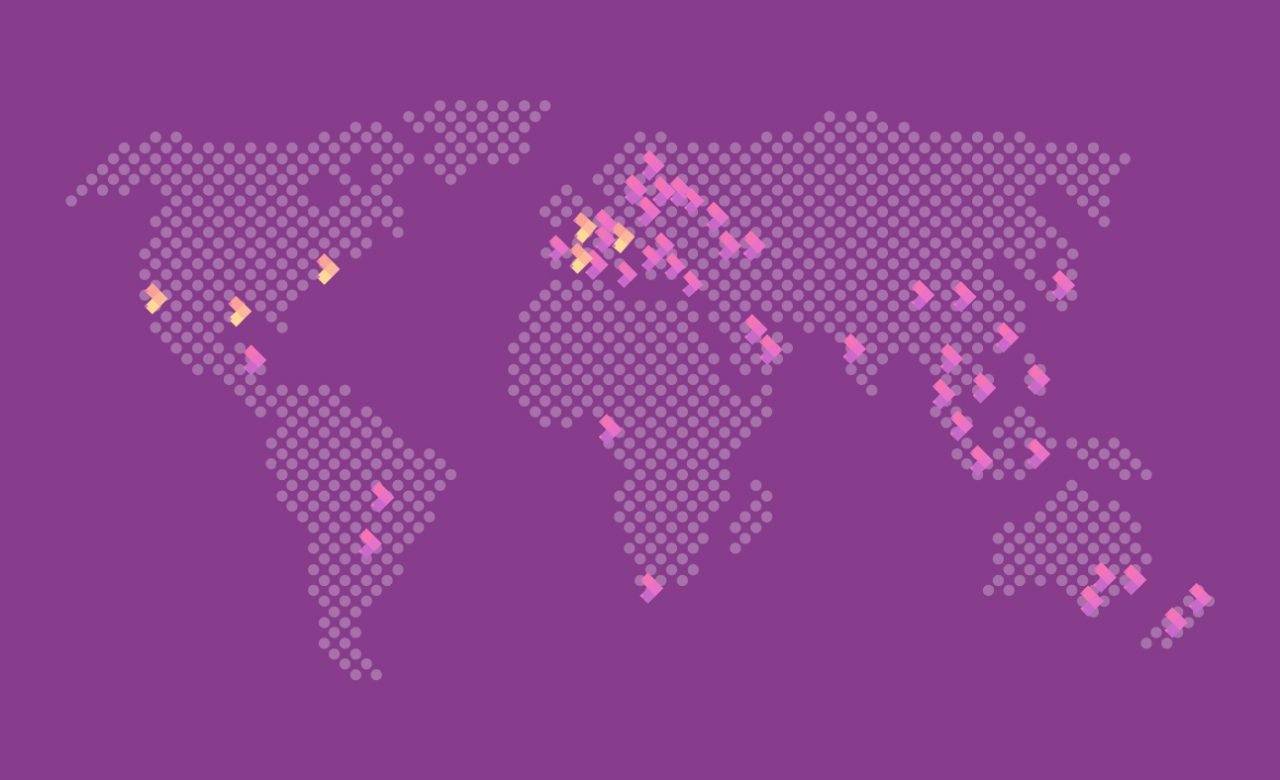
Introduction

Over 50% of Convoy partners we surveyed named cyber-security as the most prominent b2b technology in their region – and therefore a significant area of PR and marketing growth.
But the cyber-security landscape is more complex, competitive, and fast-moving than ever. Marketers are under pressure to deliver – often with reduced budgets, thanks to current global economic turbulence.

In the current landscape, it’s vital for cyber-security brands to address target audiences’ specific needs and concerns. And to humanize the way they communicate, moving away from the highly technical, jargon-filled, or fearmongering campaigns that have characterized cyber-security marketing for many years.
Ensuring cross-channel consistency is also key. This means marketers, salespeople, and comms teams should be singing from the same hymn sheet – while also being sensitive to key differences between channels and geographies.

From London to Lagos and Los Angeles to Lisbon, more cyber-security brands are requesting multi-regional PR and marketing campaigns. Delivering these effectively requires a careful blend of consistency and localization, as what works in one geography can fall completely flat in another. Combining a central strategy with local insights and genuine sector expertise is key to making an impact in multiple markets.
Ask the experts
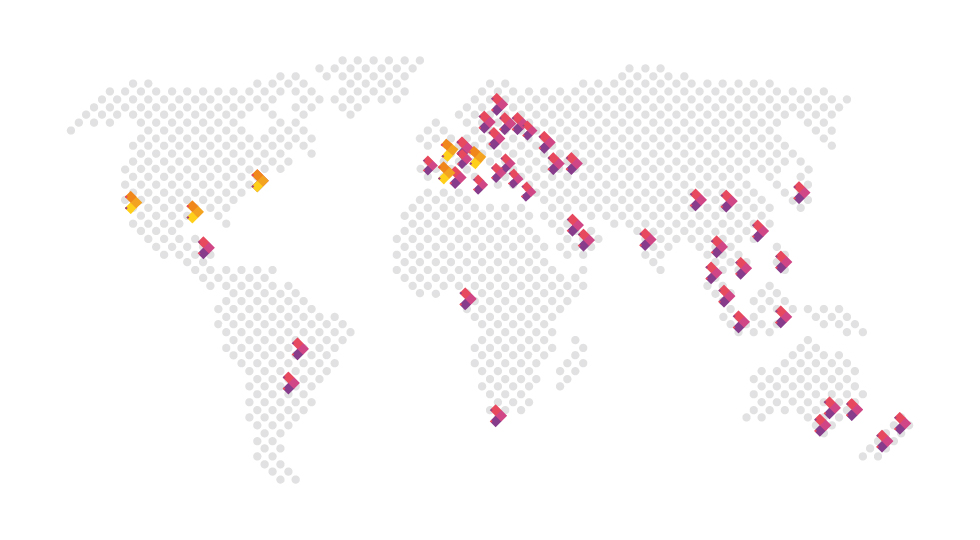
Any decent PR or marketing campaign needs data. So, we also asked our global experts to share their top tips – and to comment on any emerging trends they’re noticing.
In almost every geography we surveyed, the most prominent cyber-security stories related to Russian hacking (in Ukraine and throughout the globe).
The LAPSUS$ hacking spree, whose victims included the likes of T-Mobile, Okta, Ubisoft, Samsung, Nvidia, Microsoft, and Vodafone, was another high-profile global story. As was the Pegasus spyware scandal, in which spyware created by the Israeli company NSO Group – purportedly designed to prevent terrorism – was discovered to have been used by various governments to track the phones of journalists and political dissidents.

Many respondents also named local stories as the most prominent in their region. Often, these related to high-profile hacks or local data. But ‘good news’ local stories also featured, such as a flagship €1bn investment into cyber-security made by the French government, or the provision of cyber-security scholarships by South African companies.
The wide variety of stories covered across different regions – and even the unique local spin placed on global stories – demonstrates the value of working with in-country PR experts. They have a unique understanding of which stories will resonate in a particular geography.
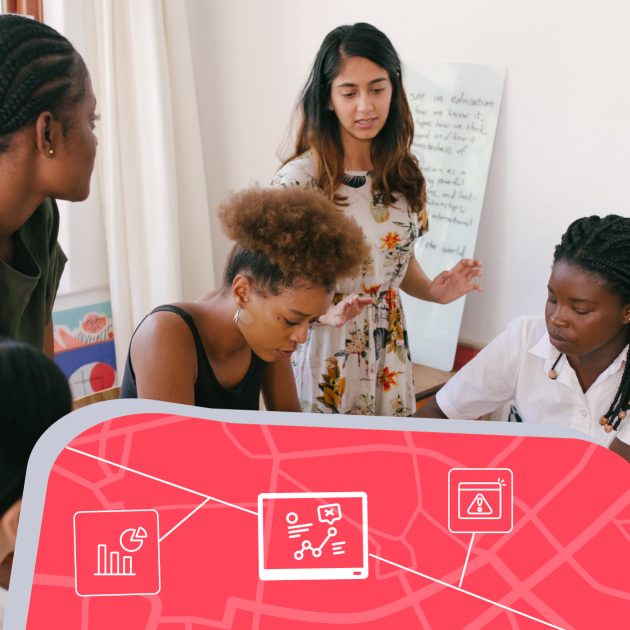
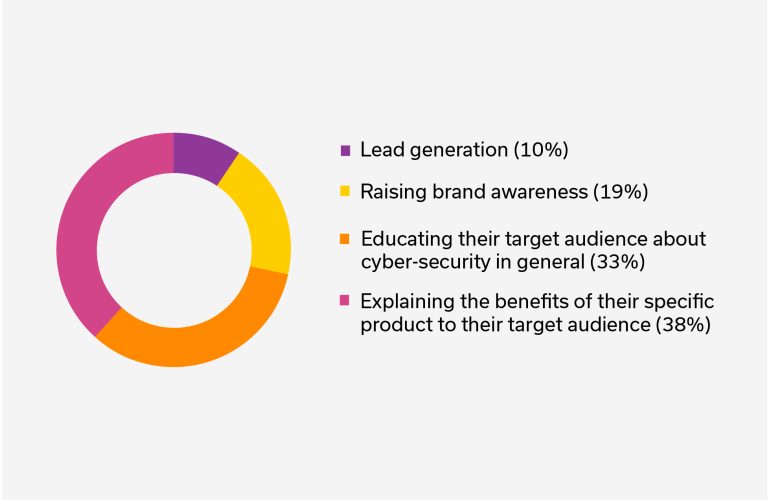
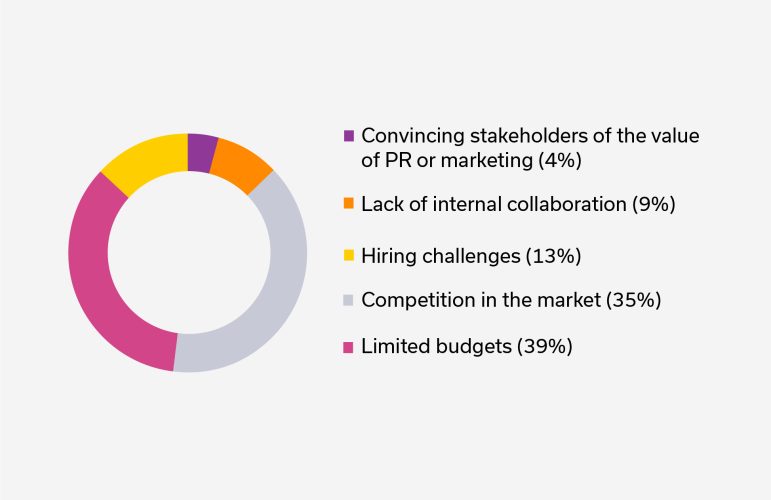
Unsurprisingly, given the highly technical and fast-moving cyber-security landscape, survey respondents named education as a key goal for brands and a challenge for marketers.
Limited budgets and market competition also featured heavily as key challenges named by respondents. There’s no doubt that marketing budgets are under pressure, given current global economic turbulence. However, cyber-security has so far shown itself to be highly resilient. So, rather than stemming from an overall lack of budget, many issues boil down to spend being allocated unequally between regions.
Like many other b2b segments, LinkedIn is the most valuable social media platform for cyber-security brands. However, there are some notable exceptions to LinkedIn’s dominance.
In Israel, for example, community engagement via Facebook and WhatsApp groups – which encourage real-time, free-flowing conversation – is much more effective than traditional social media outreach. According to Alona Stein, partner and VP at Israeli agency ReBlonde, Israelis view LinkedIn as insufficiently ‘real-time’.
By contrast, Yukiko Harada, founder of Tokyo-based agency TrainTracks, says that using social media as part of a b2b cyber-security marketing strategy is almost unheard of in Japan. Instead, Japanese audiences prefer to get their information from trusted media outlets, analysts and researchers.
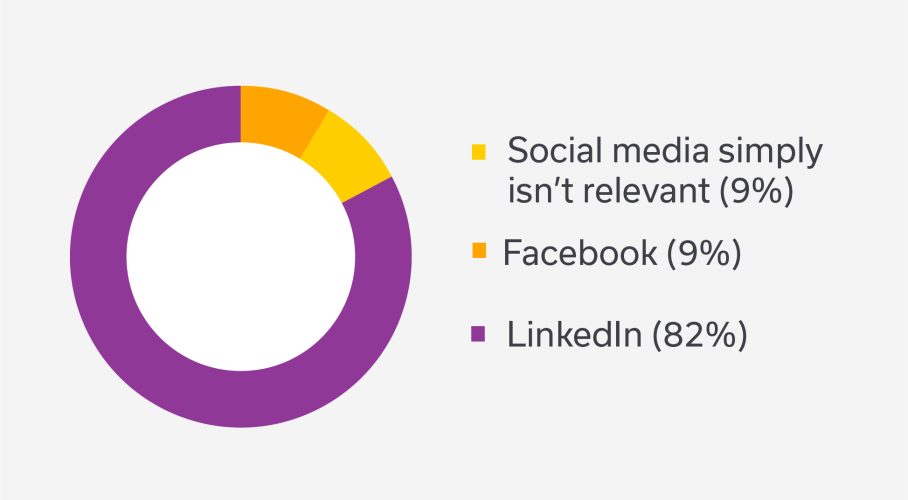
Glocalization
So, you’re thinking about launching a multi-regional b2b PR or marketing campaign for your cyber-security brand, but aren’t sure where to start? Our step-by-step guide will help you on your way.
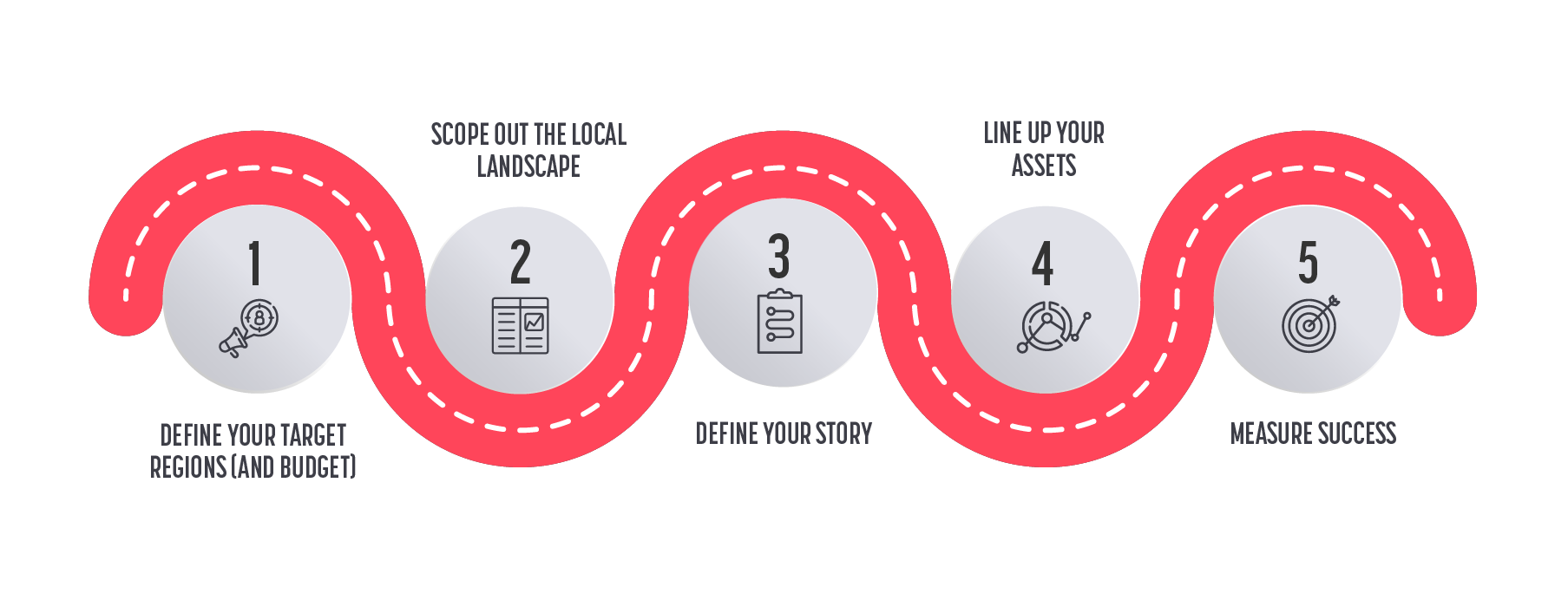
Chances are you don’t have unlimited resources, so make sure you’re spending what you have wisely. Ask yourself:
Once you’ve chosen which regions you want to target, consider rolling out your campaign gradually, starting with your largest region. Don’t try to run before you can walk.

Of course, you don’t want to copy your competitors. But it’s important to keep an eye on the tactics they’re using, and the themes they’re discussing. It’ll help you work out your USPs and competitive differentiators. And it might even provide some inspiration!
Start by running a social media audit to assess what conversations are happening and where. Take a deep dive into each geography and measure your competitors’ share of voice compared to your own. This can be helpful when it comes to setting targets for your campaign. Where you can, try to speak to key influencers and market experts.
To supplement your own manual research, also consider using social listening tools like Brandwatch and media monitoring platforms like Cision and MuckRack.
Great PR and marketing depend on telling compelling stories – stories that connect with your target audience on an emotive level and speak to wider business and societal challenges. Avoid focusing on technical features and getting bogged down in jargon – a common mistake made by cyber-security brands.
For instance, no one is likely to care that you’ve updated your product to detect threats 25% faster. They’ll forget the stat within minutes of reading it. But they will remember a compelling customer story about how your improved product was central to preventing a largescale ransomware attack on a bank – which would have impacted millions of customers and businesses.
To help figure out what stories you should be telling, start by answering these questions:
Note that the same story will be received differently across regions. A successful multi-regional PR/marketing campaign depends on finding the right blend of consistency and localization. Local PR and marketing partners can help you avoid missteps. 
Make sure you hit the ground running by lining up any helpful assets and information. These might include:
Think of your campaign as a living organism. You should continually be measuring its success and making changes accordingly. In today’s fast moving cyber-security landscape, success often depends on brands’ ability to move quickly and pivot.

Local partners
When it comes to selecting the right agency partner(s), note that what works well for one brand might not be the right fit for another. Factors to consider include the size of your brand, the regions you’re targeting, your budget, your working style, and a myriad of others.
Though each agency is different, there are a few established partnership models at your disposal.
With this option, you’ll be able to keep costs relatively low, while benefiting from genuine on-the-ground expertise.
However, for this to work effectively, you’ll need to be prepared to dedicate a sizeable chunk of your in-house team’s time to campaign coordination. This might be tough, given that 86% of marketers already report that internal resourcing hampers the delivery of campaigns. In many cases, internal teams simply can’t dedicate the necessary time to ensuring multi-regional campaigns are localized, yet consistent – and that agency partners aren’t duplicating their efforts.
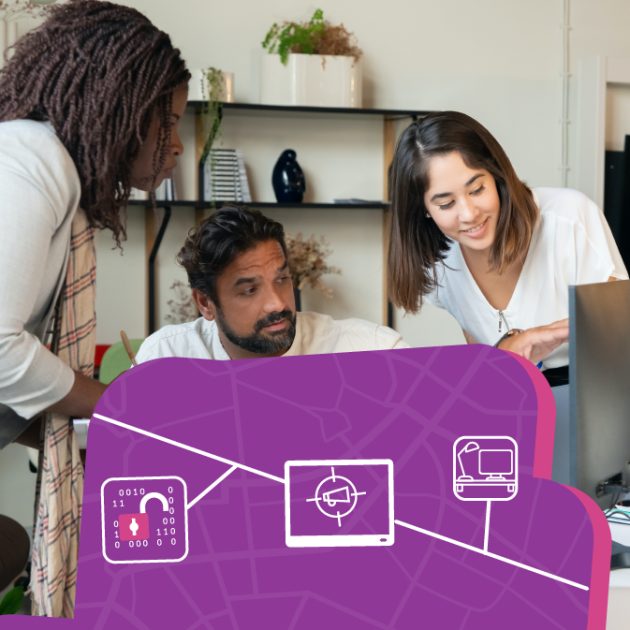
The upside of this approach is that you’re effectively outsourcing global campaign coordination. It’s a one-stop-shop.
The downside? This approach is expensive – particularly for smaller or challenger brands. Hiring a large global agency can mean sacrificing on deliverables, while competing for attention with the agency’s larger clients.
The wide variety of stories covered across different regions – and even the unique local spin placed on global stories – demonstrates the value of working with in-country PR experts. They have a unique understanding of which stories will resonate in a particular geography.

Increasingly, regional agencies are joining forces to deliver truly global campaigns for cyber-security brands – combining local expertise with global reach, while centralizing campaign management. So, you can be sure brand consistency is never compromised and extract maximum value from your budget.


Once you’ve found the right agency partner(s), it’s important to ensure the relationship works long-term.
Remember to communicate with your agency partners. First and foremost, make sure you’re aligned on global and local strategies and how you’re going to measure success.
In addition, let them know well in advance of any announcements and keep them abreast of developments – whether it’s a new area you’re investing in, or a new executive hire. Your PR team is of course monitoring the news (almost constantly), but you’re the one with the inside scoop on your company. Internal stakeholder perspectives are always valuable in brainstorming sessions.

Next, work together to refine messaging. Streamlining the story that you’re telling, while remaining consistent, will help you establish a meaningful brand presence. As time goes on, you’ll find that some stories work better than others in particular geographies. Equally, you can trial a tactic in one geography and roll it out gradually to the rest of your target markets.
A top tip is to listen to your global PR and marketing experts. For example, if they tell you a particular angle isn’t resonating with the media in their market, let it go – or work together to reframe it. Linked to this, remember that it’s important to demonstrate commitment to local markets. This can be through investment, research, or tailored products. But it can also be as simple as offering journalists a spokesperson that speaks the local language.
Get in touch